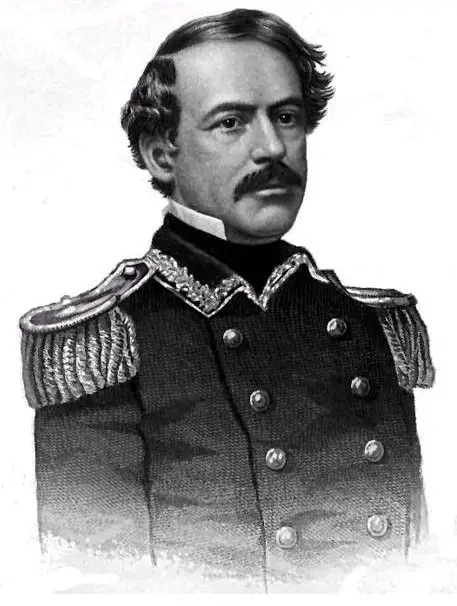- 22 Jul 2012 14:58
#14012378
A couple of experts on here !
Would someone educate me as to whether a body type can evolve from say a tiny African Bushman to a six foot eight Swede in 15k years ?
(Assuming no mixing with existing populations)
Obviously the process of evolution would accelerate with the admixture of 'better suited ' genes, but could the South American Indian body type and the Indians of say, Montana, be really from the same stock which became diverse within 15k years, or is it simply impossible and it indicates different immigrant stocks ?
It does seem an awfully short time span to me, however I note that it is sufficient time to mineralize a body, so perhaps my perspective is wrong
Smertios wrote:
They have tested her mitochondrial DNA several times, from what I heard. Well, not hers, since her fossil is fully mineralized, but she is not the only specimen of the group found. Several geneticists from my university (UFMG) have been working on that research for decades now.
And the Bering crossing theory has been assumed to have taken place ~15,000 years ago. They wouldn't cross Central America and get to South America at least till 11,000-10,000 years ago, around the time when Luzia is theorized to have lived.
A couple of experts on here !
Would someone educate me as to whether a body type can evolve from say a tiny African Bushman to a six foot eight Swede in 15k years ?
(Assuming no mixing with existing populations)
Obviously the process of evolution would accelerate with the admixture of 'better suited ' genes, but could the South American Indian body type and the Indians of say, Montana, be really from the same stock which became diverse within 15k years, or is it simply impossible and it indicates different immigrant stocks ?
It does seem an awfully short time span to me, however I note that it is sufficient time to mineralize a body, so perhaps my perspective is wrong
It's the same each time with progress. First they ignore you, then they say you're mad, then dangerous,
then there's a pause and then you can't find anyone who disagrees with you. Quote: Tony Benn
then there's a pause and then you can't find anyone who disagrees with you. Quote: Tony Benn


























 - By Pants-of-dog
- By Pants-of-dog - By JohnRawls
- By JohnRawls - By Tainari88
- By Tainari88